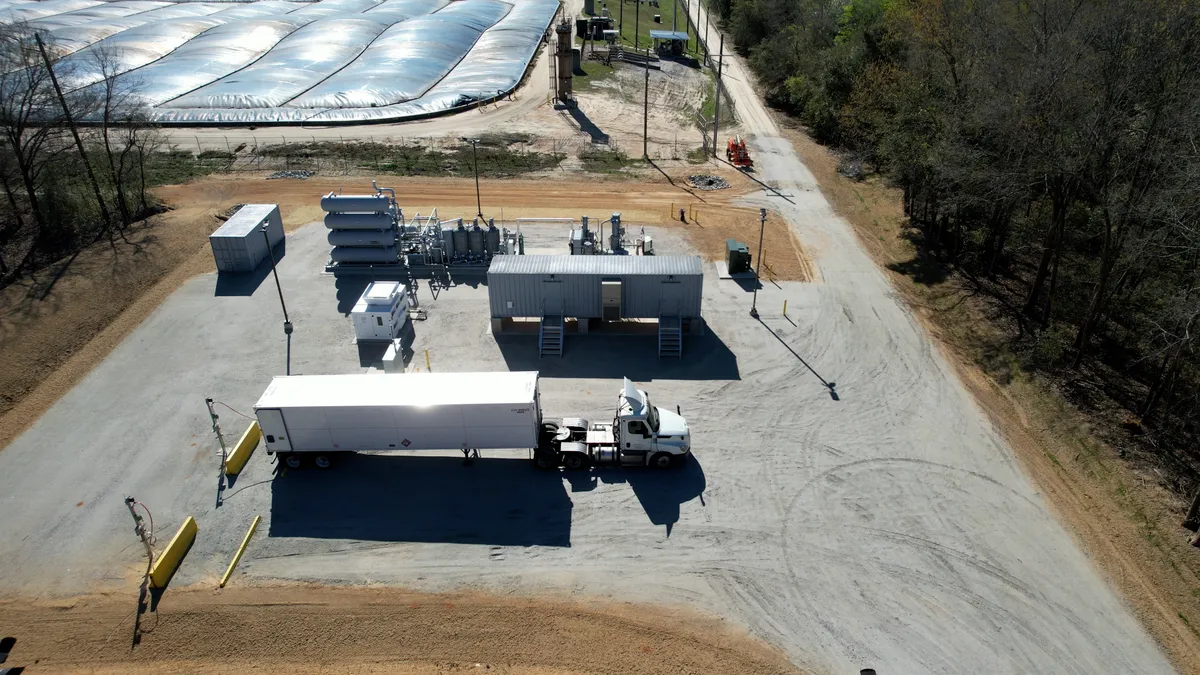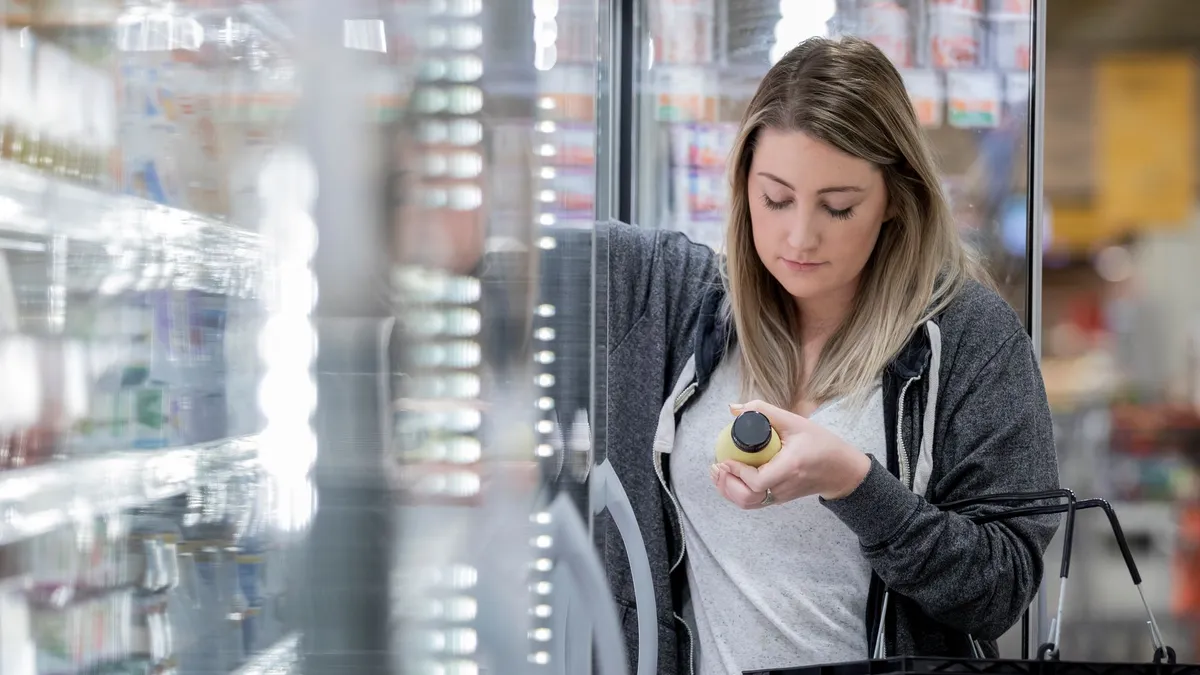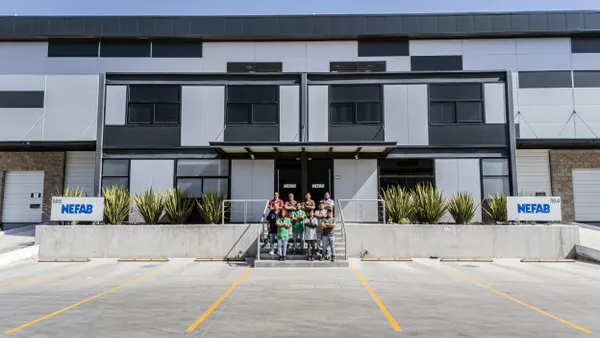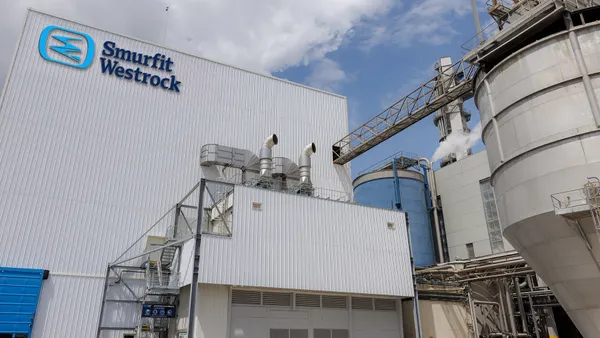Dive Brief:
- Sonoco announced last week that it installed equipment at its Hartsville, South Carolina, paper production wastewater treatment site to capture methane and convert it to renewable natural gas.
- An existing interstate pipeline system will transport the RNG to local homes and businesses. Sonoco produces about 250 to 300 standard cubic feet per minute of biogas, and that is converted to 75,000 to 90,000 MMBtus of pipeline quality RNG, which is enough to power more than 1,800 homes per year, Vice President of Environmental, Sustainability, & Technical Services Elizabeth Rhue said via email.
- Sonoco expects the system, installed via a partnership with GreenGasUSA, to reduce its greenhouse gas emissions by 8,000 metric tons annually. That aligns with the company’s sustainability goals, which include reducing its Scope 1 and Scope 2 emissions at least 25% by 2030, compared with a 2020 baseline.
Dive Insight:
Sonoco installed an anaerobic lagoon system at Hartsville nearly 40 years ago to treat wastewater. It converts organic matter in the wastewater into carbon dioxide and methane. Previously, a lagoon cover captured the gases generated during the anaerobic process and routed them to a flare for destruction. The new equipment converts the methane into RNG. The CO2 runs through a scrubber and is released into the atmosphere, Rhue said.
Paper product manufacturers, including packaging, are among the numerous industries that produce wastewater, according to Patrick Serfass, executive director of the American Biogas Council. A distinction exists between those that harness the biogas generated during wastewater treatment as a resource and those that dispose of it as a waste product.
“The Hartsville wastewater treatment plant has been using their biogas system to treat their wastewater since 1987, but they haven’t been using the renewable energy they produced for a beneficial purpose. The new equipment will process the biogas into renewable natural gas, which will displace conventional gas use, molecule for molecule,” Serfass said via email. “This lowers the carbon footprint for any of the products whose wastewater is treated at the plant and provides a service to the community.”
Several other Sonoco facilities also treat their wastewater with anaerobic systems that generate biogas. “Most of our other plants that are using anaerobic systems are using or planning to take the biogas back to a boiler to reduce the amount of fossil natural gas required to support our production requirements,” Rhue said.
The Hartsville-based company aims to cut its manufacturing plants’ energy use at least 8% by 2030 compared with a 2020 baseline. Sonoco’s GHG reduction targets have been validated by the Science Based Targets initiative, which promotes emissions reduction best practices that align with climate science.
Sonoco also aims to reduce water use during its manufacturing processes. It recently completed Project Horizon, a $125 million investment to convert a legacy corrugated medium machine at the 100-year-old Hartsville complex to an uncoated recycled paperboard operation with a 180,000 ton annual production capacity. Moving to 100% recycled fibers allowed the company to eliminate the virgin pulp mill and chemical recovery system, and cuts total water consumption.














